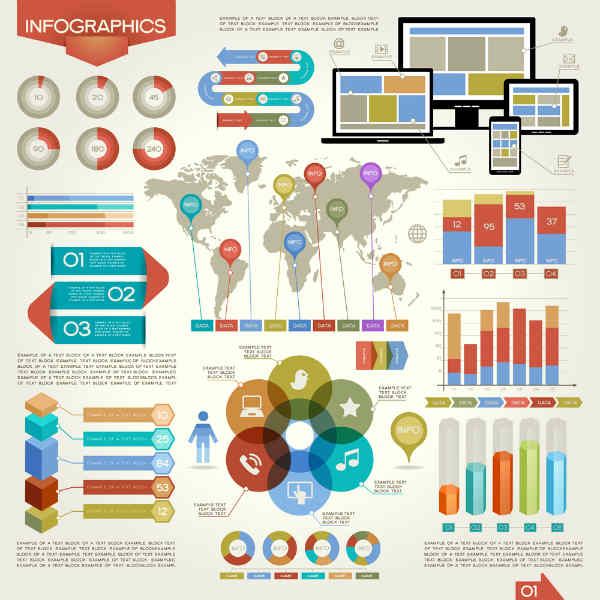 “I believe in America…”
“I believe in America…”
With these four words, The Godfather opens with the first of countless memorable lines — a testimony to the lasting power of what’s widely acknowledged as one of the most perfectly written scripts in film history. And the people behind the movie certainly believed in good, old-fashioned American capitalism, as they collaborated upon 175 minutes of content that delivered staggering ROI: The Godfather was shot for less than $6.5 million and made more than $245 million.Continue Reading
 Have we devolved into a society of such die-hard “visual learners” that we can’t be bothered with text formats at all? Apparently so, because it’s difficult to call up content marketing these days without finding a link to the now-ubiquitous infographic — increasingly in lieu of more traditional, complete forms of content delivery.
Have we devolved into a society of such die-hard “visual learners” that we can’t be bothered with text formats at all? Apparently so, because it’s difficult to call up content marketing these days without finding a link to the now-ubiquitous infographic — increasingly in lieu of more traditional, complete forms of content delivery.  They push for a “hard sell” when the target audience isn’t looking for an advertisement. They’re passive-aggressive about critical deadlines. And they’ll never tell you what they want when they demand a redo on content you produced (they only give less-than-constructive criticisms, like, “I Hate Hate Hate it!” before bouncing it back to you. Grrrr…).
They push for a “hard sell” when the target audience isn’t looking for an advertisement. They’re passive-aggressive about critical deadlines. And they’ll never tell you what they want when they demand a redo on content you produced (they only give less-than-constructive criticisms, like, “I Hate Hate Hate it!” before bouncing it back to you. Grrrr…). We live in the Age of Jargon-Geddon, buried under a blizzard of buzzwords.
We live in the Age of Jargon-Geddon, buried under a blizzard of buzzwords. In a
In a 






